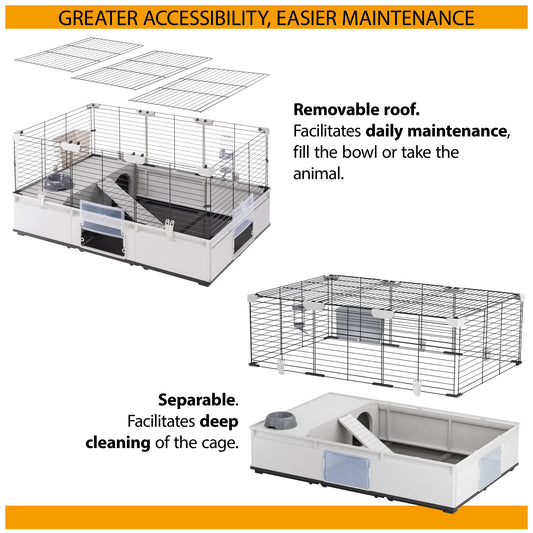Pets currently eat around 20 per cent of the world’s meat and fish each year and the annual greenhouse gas emissions associated with pet food production amount to 106 million tonnes of carbon dioxide.
We are being encouraged to reduce our own consumption of animal products to help the planet so it makes sense that we should be looking at the contents of our pets' food bowls too.
What pets need
Dogs have evolved during domestication to eat both plant and animal matter so it is possible for them to thrive on a vegetarian diet. Cats, on the other hand, need certain nutrients that can only be found in meat and so are unable to survive on a meat-free diet.
There are alternative sources of animal protein that are more sustainable than beef, chicken, lamb and fish, which can give cats and dogs the nutrients they need without creating such a negative impact on the planet.
Grub’s up!
The British Veterinary Association has given its backing to the use of insect-based pet foods and says it believes them to be the future of feeding cats and dogs, urging pet owners to give it a try. It has been estimated that, compared to beef, insect-based foods use just 2% of the land and 4% of the water per kilogram of protein.
While there are several different insect species being used for human and animal consumption, the main one that is being used in pet foods is the larvae of the black soldier fly. When in the larvae stage, the flies have stored up all the energy they need for the metamorphosis to adult form so are at their most nutritious. This makes them an excellent protein source with a high nutrient value.
The larvae are very efficient bio-converters that can be fed on any vegetable matter and require very little water. This means that their environmental impact is minimal.
Taste test
While pet owners might feel a bit squeamish at the thought of eating insects, most pets seem to love the taste. Some brands even offer a money-back guarantee if your pet doesn’t like the food to encourage more owners to give it a go.
The food itself looks just like any other type of dried kibble, so don’t worry – you won’t see any creepy crawlies in your pet’s bowl.
Price
Currently, insect-based pet foods are more expensive than traditional meat-based diets but the prices are expected to drop as more companies join the market. The technology to grow the soldier fly larvae is still fairly new and while it is operated on a relatively small scale it still requires lots of manual labour. Industrial processes have to be developed in order to create the large-scale insect farming needed to bring down prices.
Shop Insect Based & Sustainable Pet Foods
If you found this article interesting, why not check out:









